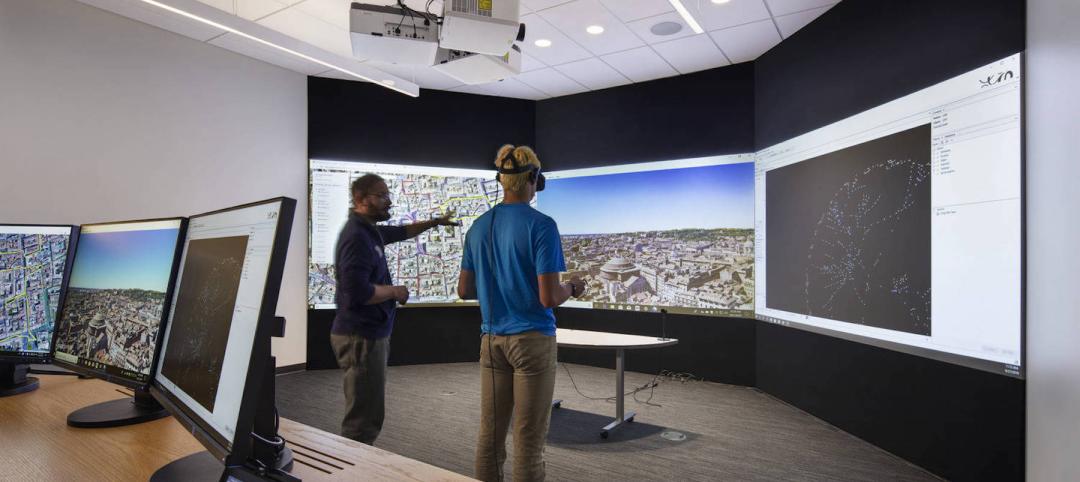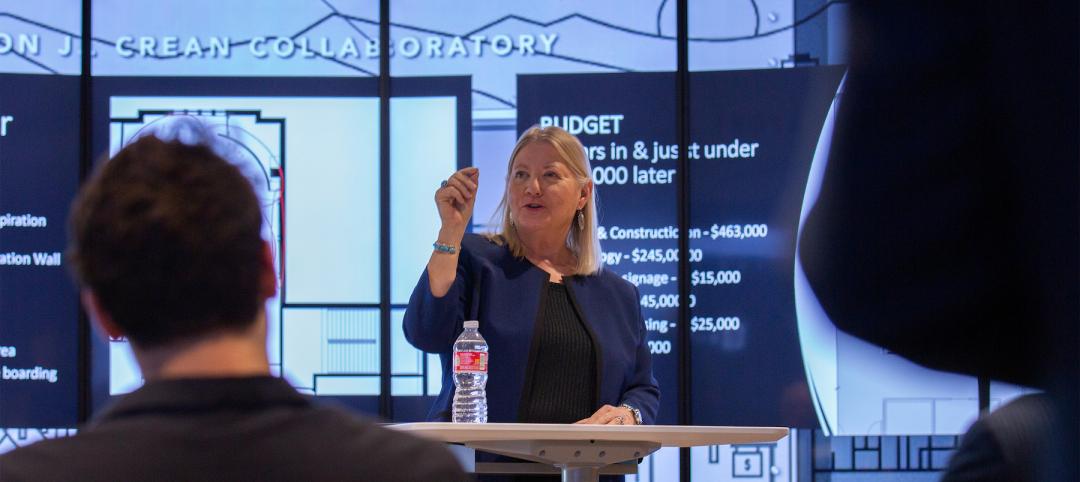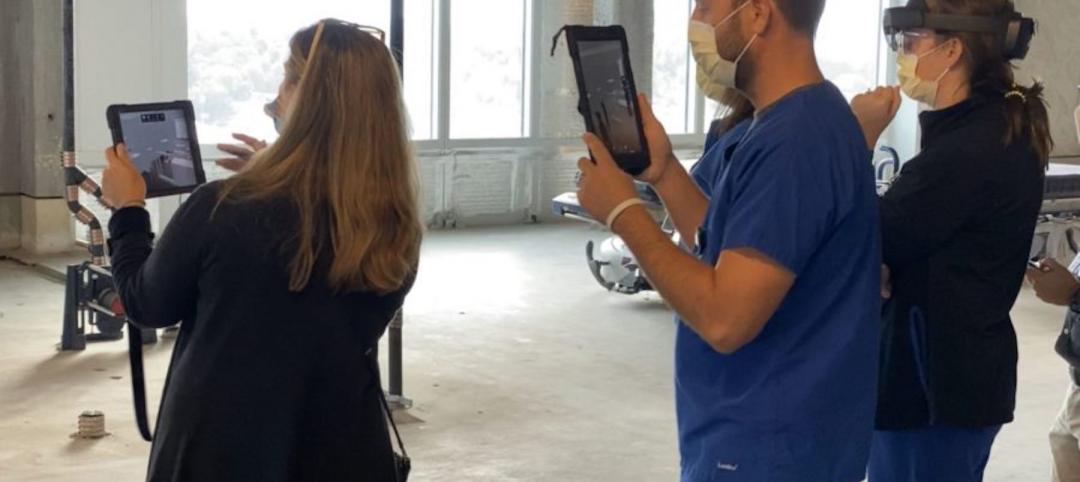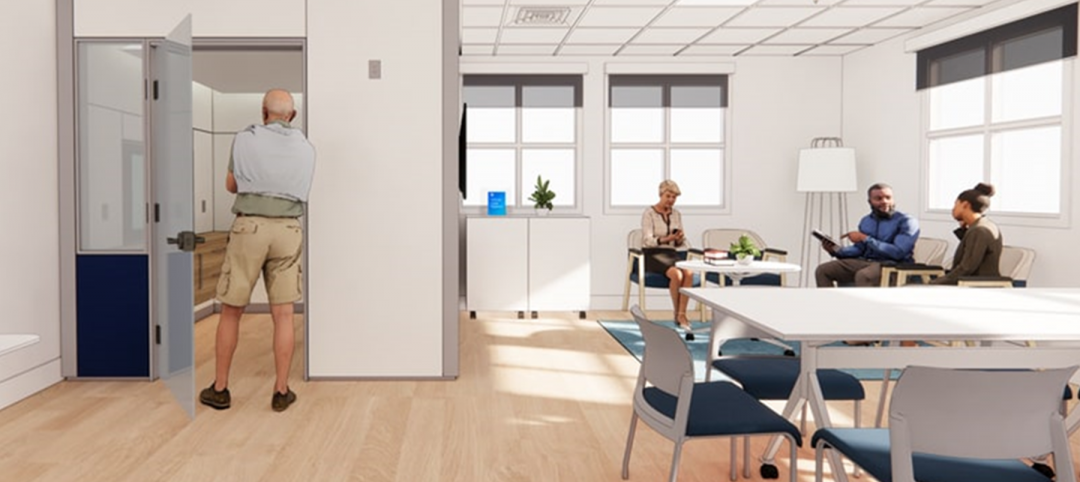In 2013, Chieh Huang and others launched Boxed, an online wholesale retailer that quickly grew to over $100 million in annual sales—largely through automation. Last year, for example, it roboticized its entire fulfillment center in New Jersey. As the new system was being installed, one line worker asked Huang, “Are you still going to need me when that thing goes live?” The company managed to redeploy everyone and not lose a single staffer. “Automation is great for profits,” Huang told Fortune, “but it’s a real potential trouble area for society.”
The numbers back this up. Forbes estimates that automation can improve productivity by 25-38% and save larger companies millions every year. At the same time, according a recent report from the McKinsey Global Institute, a third of the U.S. workforce and 800 million jobs worldwide could be replaced by 2030. Half of all work-related activities today are potentially automatable. At first blush, these stats suggest that automation is good for companies, but bad for jobs. Yet, the McKinsey report quotes a 1960s Federal commission: “Technology destroys jobs, but not work.” Yes, some Boxed employees lost their previous jobs, but no one was out of work. Greater productivity and efficiency can create new opportunities while eliminating others, and these changes signal seismic shifts in every industry.
This column is the first in a monthly series in BD+C that will address how automation and artificial intelligence (AI) will alter the nature of design and construction industry. Over the past couple of decades, computerized processes have significantly aided architects and builders by improving workflow, but to date those processes have not become automated on a large scale. Experiments in automated design and robotic construction remain just that—experiments. But that’s about to change.
A 2013 Oxford University study estimated that onsite construction jobs are 88% likely to be replaced by robots within a decade or two. That’s nearly nine out of every 10 bricklayers, carpenters, and anyone who picks up a hammer or shovel. “There will come a day when no human labor is present on any construction site,” robotics expert A. Scott Howe told me a decade ago.
What about architects and engineers? The Oxford study calculates the probability of eliminating engineers as only 10-13%, while the loss of architects is less than 2% likely. Yet, technology guru Kevin Kelly isn’t so sure. “Robot replacement is just a matter of time,” he wrote in Wired in 2012. “It doesn’t matter if you are a doctor, lawyer, architect, reporter, or even programmer.”
We asked BD+C readers to weigh in, and our recent survey presents a fascinating snapshot of the industry’s excitement and anxiety about technology. The vast majority of respondents have a positive view, with 83% agreeing automation and AI can help create better buildings. Designers and builders vary only slightly, with 81% of designers and 89% of builders agreeing. When asked whether automation threatens job security, only 24% say “yes.” A quarter of contractors see any risk, even though the evidence suggests otherwise.
Over three-quarters (78%) of everyone polled say AI will never match human intelligence, but the variation between designers and contractors is nearly 20 points—81% of designers and 63% of contractors. Meanwhile, AI experts such as Google’s Ray Kurzweil insist that computers will meet or exceed human intelligence by the middle of this century.

The question about which readers seem most ambivalent is whether automation’s ability to create better structures justifies job loss in the industry. A slight majority (54%) answered affirmatively: 52% of designers and 58% of contractors. So designers are almost perfectly divided on this question: they are convinced AI can improve architecture, but they aren’t threatened by this fact, and they are torn about whether the improvements justify fewer jobs.
In the coming months, we will unpack all of this. How will automation advance the built environment, and how will it affect traditional practices and professions? And what are the aims of our industry: to create more opportunity for ourselves or to enhance communities?
Let us know your questions and views. We’re all ears. Contact me at https://lancehosey.com/contact/.
Lance Hosey, FAIA, LEED Fellow, is a Design Director with Gensler. His book, The Shape of Green: Aesthetics, Ecology, and Design, has been an Amazon #1 bestseller in the Sustainability & Green Design category.


Related Stories
AEC Tech | Sep 23, 2022
Register today! Live webinar: 10 KPIs your AE firm needs to track for maximum project profitability
Join us for an engaging, live webinar presented by Steven Burns, FAIA, Chief Creative Officer at BQE Software as he explores 10 project performance KPIs that, when tracked properly, will transform the way your business operates, and subsequently how profitable each project is.
AEC Tech | Sep 15, 2022
Register today! Live webinar: Minimize project expenses to stay on budget with 360° photo capture
Learn how reality capture technology like 360° photo capture allows your on-site team to document jobsites faster and more accurately than ever. This live webinar will take place September 20, 2022, at 2 ET / 1 CT.
AEC Tech | Aug 8, 2022
The technology balancing act
As our world reopens from COVID isolation, we are entering back into undefined territory – a form of hybrid existence.
Security and Life Safety | Jul 5, 2022
What AEC firms should look for in a cybersecurity partner
When looking for expert partners in cybersecurity, AEC firms will find quite a lot of companies claiming to be at the forefront of modern threats. Here are five key points to look for when choosing a cybersecurity firm.
Laboratories | Jun 29, 2022
The "collaboratory" brings digital innovation to the classroom
The Collaboratory—a mix of collaboration and laboratory—is a networking center being designed at the University of Denver’s College of Business.
Augmented Reality | Jun 22, 2022
Not just for POKÉMON GO anymore: how augmented reality is transforming architecture
By solving a long-standing communication problem, Augmented Reality (AR) is poised to make architecture quicker, nimbler, and more cost effective.
Healthcare Facilities | Jun 20, 2022
Is telehealth finally mainstream?
After more than a century of development, telehealth has become a standard alternative for many types of care.
Smart Buildings | Jun 1, 2022
Taking full advantage of smart building technology
Drew Deatherage of Crux Solutions discusses where owners and AEC firms could do better at optimizing smart technology in building design and operations.
BAS and Security | May 26, 2022
Can your intelligent building outsmart hackers?
ESD's security services studio leader Coleman Wolf offers tips, advice, and lessons for protecting real estate assets from cyberattacks.
Architects | Apr 26, 2022
Low-tech skills architects need to keep in a high-tech world
As architects continue to lean into learning and mastering the latest technologies, let us not forget the foundational, fundamental skills that are still expected by clients. RS&H National Design Director Philip Robbie explains.
















